Exploring the role inertia plays in our electricity system and whether the transition to zero-carbon generation could pose problems.
In the immediate aftermath of the 9 August blackout, there was much speculation about what caused the failure.
While it was later confirmed that lightning strikes knocking two plants offline was the major catalyst, some suggested an over-reliance on renewables was to blame, with a drop in inertia leaving the system frequency over-sensitive to sudden change.
There’s no dispute that 9 August was windy. In fact, wind power met a record 50% of electricity demand earlier in the day and almost a third of overall demand.
However, National Grid had ensured adequate levels of inertia were in place, roughly 180 GVA seconds compared to the 130 GVA seconds said to be the lowest amount the system can manage.
So pointing the finger at the high level of renewable generation is clearly wrong.
But there are legitimate questions raised by the ongoing transition away from fossil-fuelled electricity generation to zero-carbon sources.
Indeed, both National Grid and the government-convened Energy Emergencies Executive Committee recommend a review of the network’s Security and Quality of Supply Standard (SQSS) requirements.
In simple terms, does National Grid hold enough reserves, frequency response and system inertia to provide a resilient electricity system?
The origins of the SQSS data back to the middle of the 20th century and are certainly worth revisiting to reflecting the changing nature of the way we produce power.
One specific area that requires a close look is what part inertia plays in stabilising our power grids.
What Is Inertia And What’s It’s Role In Our Electricity System?
Inertia is similar to the principle of Newton’s First Law: objects will remain in their state of motion unless a force i.e. friction makes them stop. In other words, if something’s moving, it keeps moving.
In electricity, the “motion” comes in the form of the rotating motors or turbines that spin to generate energy in power plants.
For example, in a coal-fired plant, coal is burned to produce steam, which spins a turbine to generate the electricity. If the coal stops burning, the turbines will keep spinning, at least for a while.
It’s similar with a hydroelectric plant. Flows of water spin the turbines to generate electricity. If you stop the flow of water, the turbines will keep rotating until friction slows it down.
Inertia is the stored kinetic energy of these rotating turbines in the system. Because the turbines spin at the same frequency as the grid, they effectively act as a “shock absorber” against any rapid change.
Grid frequency changes constantly – if demand grows then frequency falls and vice-versa. So if demand for electricity spikes, causing grid frequency to drop, the rotating mass keeps spinning away to, slowing the drop and giving other generators the chance to restore balance.
When there isn’t enough inertia, the grid struggles to absorb these fluctuations. And if the frequency deviates too far from the safe level of 50 Hz, that’s when we get events like the one experienced on 9 August.
Does Increasing Reliance On Renewable Energy Pose An Inertia Problem?
Compared to say 10 years ago, the electricity system’s inertia is typically lower. This is because of the continuing shift away from fossil fuel power plants to low carbon alternatives.
Renewable sources such as wind and solar, along with the huge sub-sea interconnectors bringing electricity into the UK from overseas, are non-synchronous.
This means they produce a different amount of electricity depending on the available energy. This differs from synchronous generation such as coal, oil and gas, which is reliable and predictable.
Wind turbines and solar panels, in particular, also do not have the heavy spinning metal turbines that provide inertia. With solar panels, instead of a rotating mass, protons collide with atoms and knock electrons loose, which generates electricity converted using inverters so it is grid-ready.
And while the blades on wind turbines are mechanical inertia, the turbines itself don’t directly connect to the grid.
They need a frequency converter between the turbine and the network, which prevents the kinetic energy of the blades’ rotating mass from providing inertia during periods of frequency change.
With lower levels of inertia, any imbalance between demand and supply will quickly change system frequency, making the grid more unstable.
What’s The Alternative To Fossil Fuel-Powered Inertia?
Instead of mechanical inertia, there’s the concept of synthetic inertia, which is linked to the fast-response inverters on solar panels. Synthetic inertia works by instantaneously increasing the output to counter any drop in frequency.
Some studies show that such inverter-based resources deliver faster frequency response than any fossil fuel-powered plant. For instance, one solar manufacturer – First Solar – claims its systems can ramp from 0 MW to maximum output in less than a second.
Demand side response mechanisms and battery storage are another growing source of synthetic inertia. However, it’s worth noting that batteries still take around half a second to respond, so synchronised plants providing instantaneous inertia is still a must to ensure grid security.
Other options include flywheels and synchronous condensers or capacitors with spinning shafts that either generate or absorb reactive power as needed to adjust the grid voltage.
Interestingly, one of the reasons why the 9 August blackout lasted for such a short period of time was the amount of battery storage that National Grid rapidly deployed to restore frequency to safe levels within four minutes.
Compare that to the 11 minutes it took in 2008, where without any grid-connected batteries, the grid only had the rotating mass from traditional power plants to get frequency back to normal.
These turbines take some time to get back up to speed, certainly compared to solar panels, which start generating electric at full capacity as soon as the clouds roll away.
What Is National Grid Doing About Inertia?
In the immediate aftermath of the 9 August blackout, National Grid turned up domestic power generation and reduced imports, trading back imported electricity from the high voltage DC interconnectors.
The effect of this was the UK consumer paying for synchronous generation from non-renewable sources to provide the necessary inertia, with the actual power element being sold overseas.
Not great in terms of meeting zero-carbon targets, but as a short-term solution, a relatively cost-effective one.
A few months later, and the electricity system operator is now adopting what it calls a “world-first” approach to delivering inertia.
Towards the end of January 2020, it agreed contracts totalling £328 million over a six-year period with five organisations who will build new assets and modify their existing infrastructure so they can provide inertia without having to generate electricity.
In effect, these generators will draw energy from the grid to power their turbines and create inertia.
National Grid ESO estimates the five successful bidders – Drax, Rassau Grid Services, Statkraft, Triton and Uniper – will deliver 12.5 GVA seconds of inertia, the equivalent provided by five coal-fired power stations.
It also believes the approach will save customers £128 million across the six years and make significant progress towards the long-stated goal of a carbon-free electricity system by 2025.
“This approach is the first of its kind anywhere in the world and is a huge step forward in our ambition to be able to operate the GB electricity system carbon free by 2025.
“Our system is one of the most advanced in the world, both in terms of reliability and the levels of renewable power, and we’re really excited to be adding to that with this new approach to managing stability.
“These contracts are finding new ways to help balance the grid which are cheaper and greener, reducing emissions and saving consumers over £100 million.”
– Julian Leslie, Head of Networks for National Grid ESO
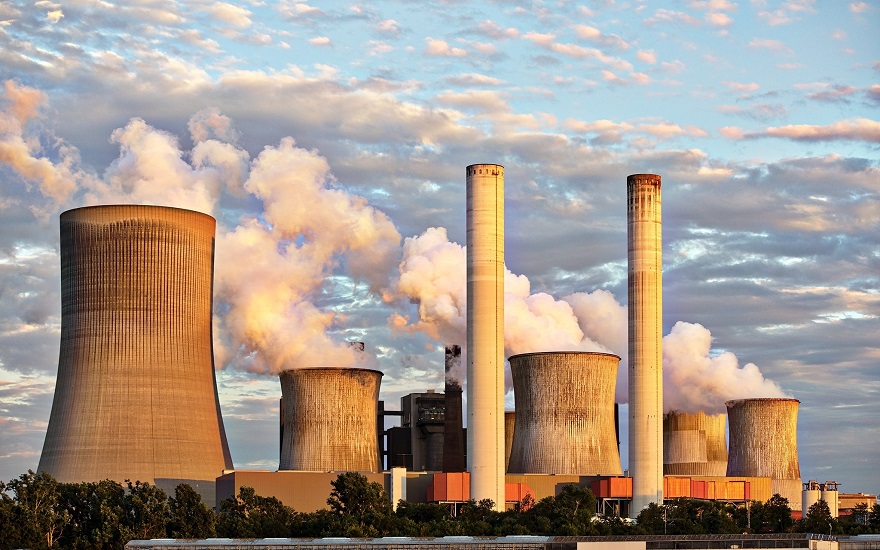
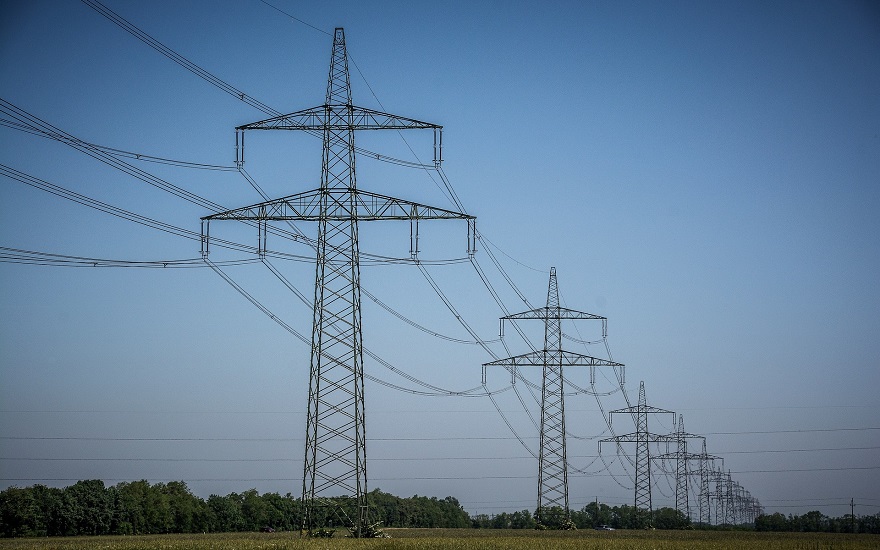
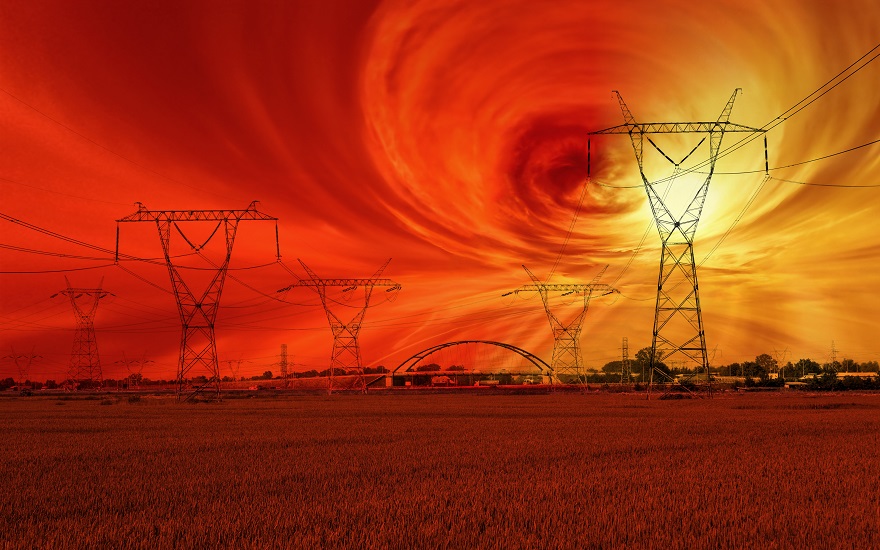
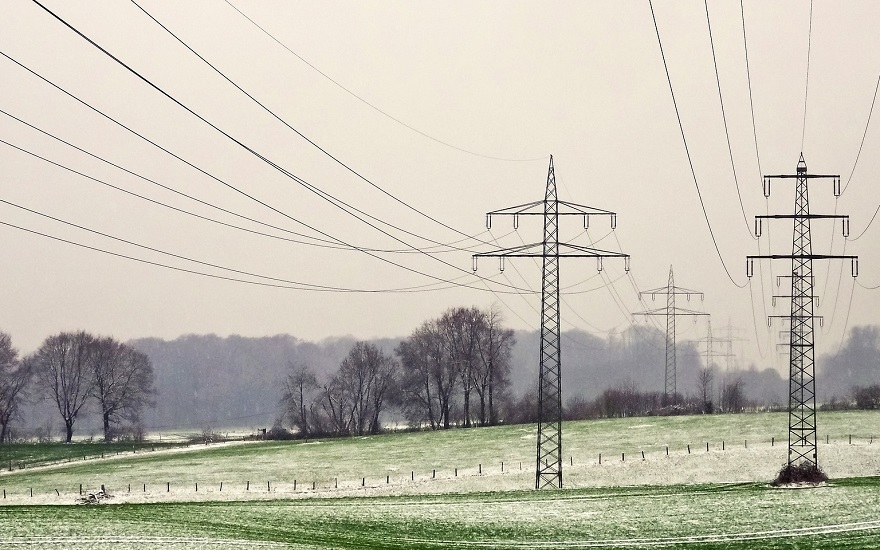
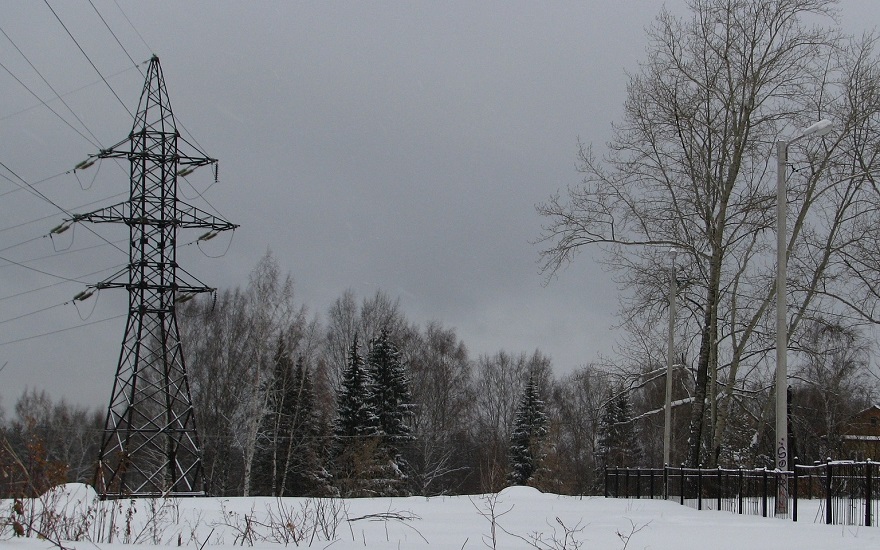
One thought on “What Role Does Inertia Play In A Modern Power Grid?”